![GettingHired-Frog-1.jpg]() The Urchin, a pebble-shaped "ready for anything" Bluetooth speaker designed by frog and home audio manufacturer Sound United
The Urchin, a pebble-shaped "ready for anything" Bluetooth speaker designed by frog and home audio manufacturer Sound United
This is the sixth post in our Getting Hired series. Last week we talked to key HR personnel at LUNAR, IDEO, Philips, BMW Group Designworks USA and Smart Design.
In a twist on the more famous dictum, frog design's founder, Harmut Esslinger, once stated that "form follows emotion." With an emphasis on designing products and experiences that connect beyond mere functionality, frog has stayed true to this ethos over its 44 years in business. The company's 600 employees are loosely divided into three informal categories: designers, technologists and strategists. Kerstin Felix, who has been frog's Global Head of Human Resources for eight years, oversees the HR team in the company's 15 offices. James Cortese, frog's Director of Marketing, also contributed to this interview.
Can you walk us through your process for hiring a new industrial designer?
Kerstin Felix: For every discipline we have a special process. Every job opening is always on the website—but it makes sense to apply even if there's not a job opening. As a consultancy, it's important that we maintain a pipeline of candidates.
It's most important for us to see your portfolio. We prefer either a PDF or a link to your website. I would say it's less about your school degree and more about your skill set, your personality and your past experience. In the best case scenario, you know somebody within frog, because referrals get handled with extra care.
If we think the portfolio is strong enough, we invite the candidate to an initial screening call handled by the recruiter. After that, we invite candidates into our studio, and we start the interview process with a portfolio presentation. Here they have a chance to meet different levels of employees, not only managers but designers as well. They also get a look and feel—who are the people that they might work with in the future? The portfolio presentations gives candidates a chance to tell a story, to showcase their own personal experience and to convince the people in the room that they are the right fit.
What makes good candidates stand out?
KF: When you look at the portfolio, ideally it blows you away. That's basic. At frog it's the culture fit that's so important, because we know that even if a candidate has the perfect technical skill-set, they can create much more damage than benefit if they're not a cultural match. It's important for the morale and the team in general to find people who fit.
James Cortese: I'm trying to qualify what makes a frog. It's a combination of someone who has an original point of view, but they're also very democratic and open to new ideas. There's a willingness to challenge their own assumptions based on what they've learned from the people around them and the people that they work with. A sense of irreverence tempered by a sense of professionalism.
KF: I sometimes even used the word rebel. You need to be a rebel in your heart, which means that you like to challenge and question things—but you are also able to play on a team. We work in a consultancy, so it's important to understand that we are passionate about changing the world, but we're also a business.
![GettingHired-Frog-2.jpg]() Kerstin Felix, frog's global head of human resources, and James Cortese, the director of marketing
Kerstin Felix, frog's global head of human resources, and James Cortese, the director of marketing
(more...)![]()
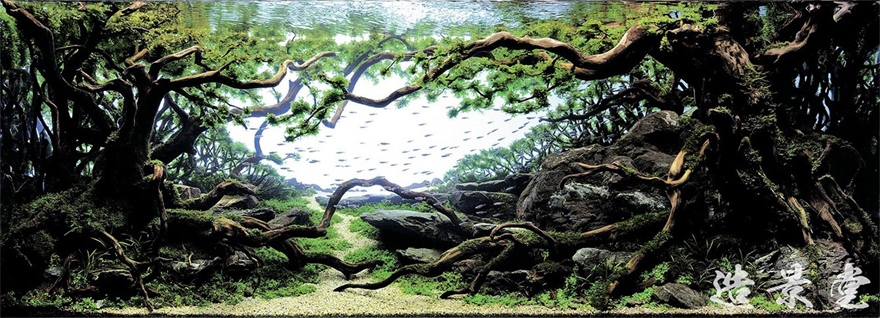







 Some of the initial concept directions
Some of the initial concept directions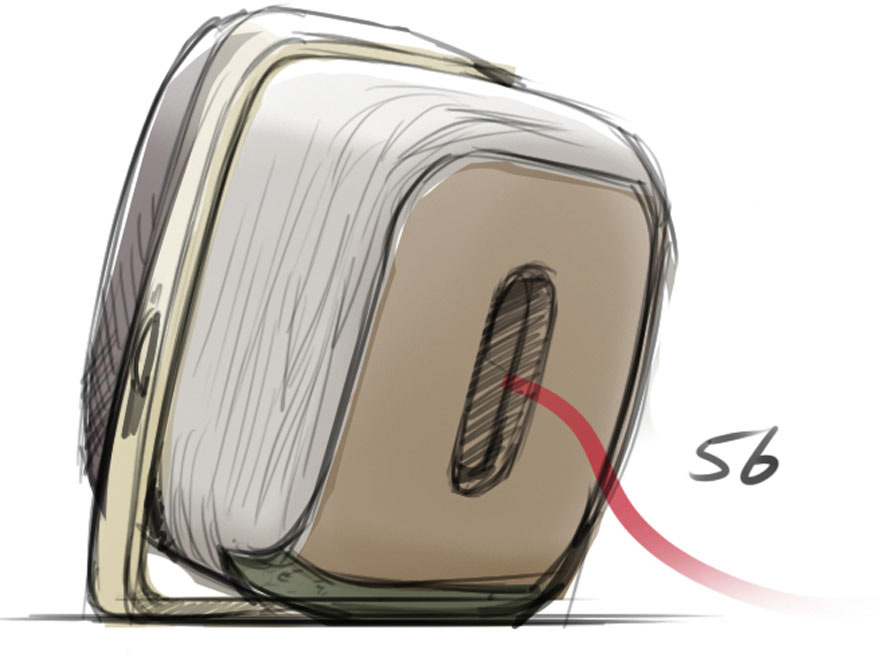 Cameron Nielsen's selected thumbnail sketch
Cameron Nielsen's selected thumbnail sketch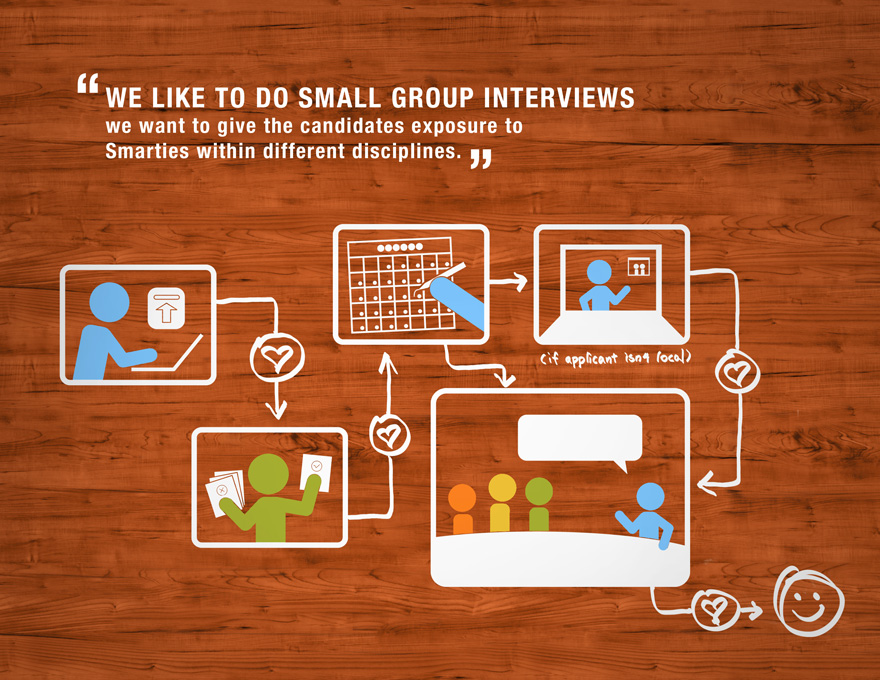


 This is the "before" shot, peep the "after" in the video below
This is the "before" shot, peep the "after" in the video below Palette buttons can be re-arranged and customized by the user.
Palette buttons can be re-arranged and customized by the user.






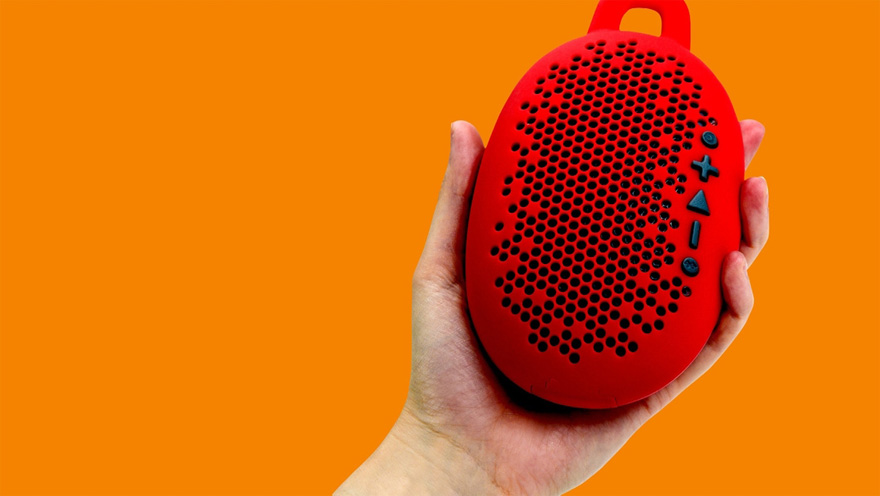 The
The 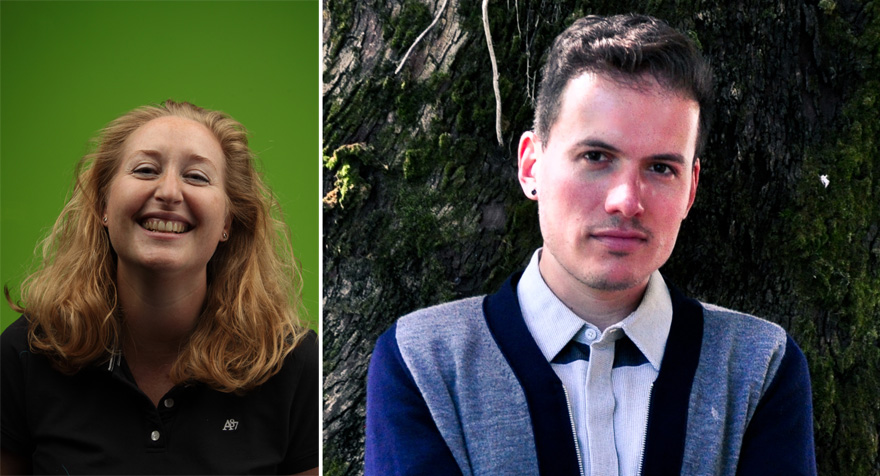 Kerstin Felix, frog's global head of human resources, and James Cortese, the director of marketing
Kerstin Felix, frog's global head of human resources, and James Cortese, the director of marketing

 Above: Dominioni's 1953 Monachella floor lamp for Azucena. Top image: the Ambrosianeum Chair from 1955 (left) and the Luis Chair from 2003
Above: Dominioni's 1953 Monachella floor lamp for Azucena. Top image: the Ambrosianeum Chair from 1955 (left) and the Luis Chair from 2003 The Pipistrello desk for Azucena (1998)
The Pipistrello desk for Azucena (1998)






 Left: A community map with measured dimensions. Right: Iso-metric illustrated version of the community based on reference photos. This was developed to make the map more engaging and fun. Righthand illustration by Boyeon Choi.
Left: A community map with measured dimensions. Right: Iso-metric illustrated version of the community based on reference photos. This was developed to make the map more engaging and fun. Righthand illustration by Boyeon Choi.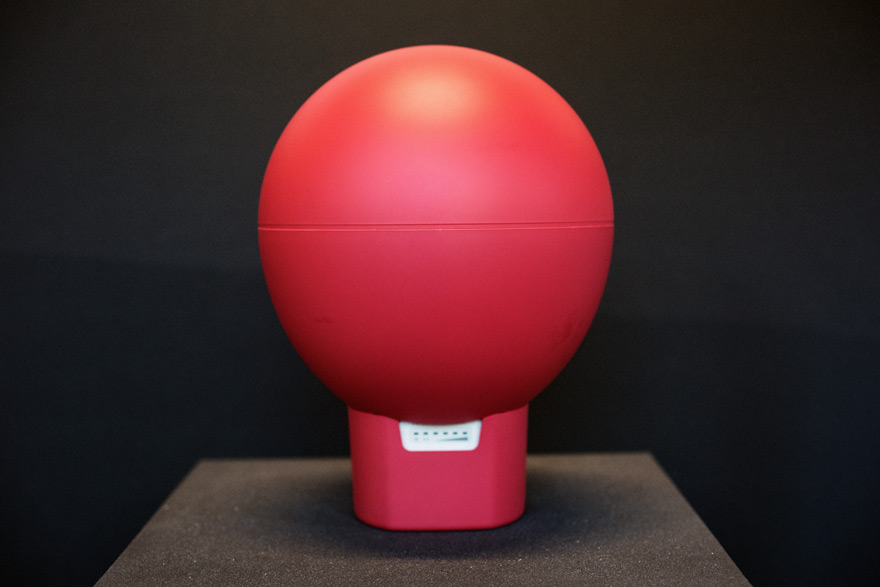 Project Loon's consumer-side antenna. Photos by
Project Loon's consumer-side antenna. Photos by  Ricardo Prada leads the user-experience team at Google X, which incubates new projects.
Ricardo Prada leads the user-experience team at Google X, which incubates new projects.
 For Milan's La Rinascente, Waldemeyer created a
For Milan's La Rinascente, Waldemeyer created a  Waldemeyer's
Waldemeyer's  Above and below:
Above and below:  This shot might be of Coach, but this guy's modelmaking skillz are first-class
This shot might be of Coach, but this guy's modelmaking skillz are first-class










